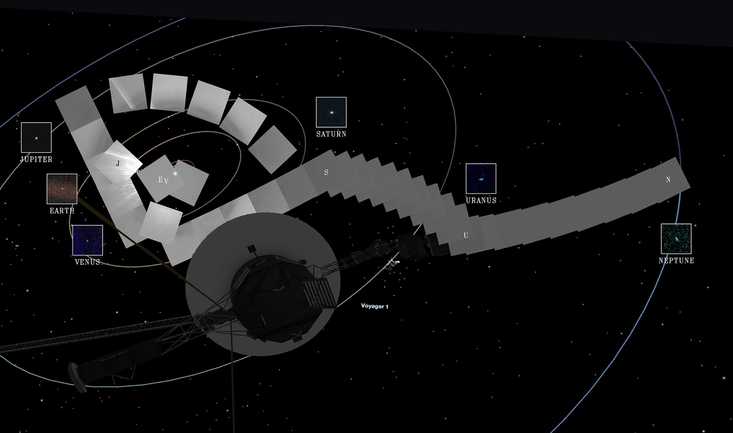Let’s Discuss Why UPS Has Such An Aversion To Left-Hand Turns
When it comes to delivering packages, it seems that right really is right. Giphy
Giphy
Consumers are receiving more package deliveries than ever before these days, and many of them arrive via those ubiquitous brown UPS trucks. And while there’s a good chance of spotting one whenever you’re on the road, chances are you won’t see it making a left-hand turn.
It all basically boils down to a mathematical calculation.
The traveling salesman problem
An equation of sorts that’s caused confusion for nearly two centuries seeks to find the shortest route … and long story short, it becomes much more difficult to find the answer with every added stop. This is particularly important for UPS, which goes to great lengths to optimize its efficiency.
With about 55,000 drivers making between 100 and 200 daily deliveries, one wasted minute per driver per day would cost the company $14.5 million per year — not including the roughly $500,000 in wasted fuel.
An effective, but not perfect, solution
Since it’s impossible to account for traffic jams, weather, etc., no delivery company can come up with a perfect route. But UPS has implemented some general rules of the road aimed at shaving off as much time as possible.
The main three optimization techniques include:
- Driving with the door open
- Not engaging in small talk with customers
- Avoiding left-hand turns at all costs
That last one is a biggie. Not only does turning left take longer since it involves cutting across traffic, it is also much more dangerous. Left-hand turns lead to more than three times as many pedestrian deaths than right-hand turns.
And focusing strictly on the profit margin, UPS has found that eliminating unnecessary left-hand turns saves about 10 million gallons of gas (and 20,000 tons of carbon dioxide release) each year.
It also allows the company to deliver about 350,000 more packages annually.
 Why Is The Aging Voyager 1 Probe Sending Back Incoherent Communications?
It's been speaking gibberish for a few months and officials are concerned.
Why Is The Aging Voyager 1 Probe Sending Back Incoherent Communications?
It's been speaking gibberish for a few months and officials are concerned. One Woman’s Massive Donation Is Wiping Out Tuition At This Medical School
Her inheritance came with the instruction to do "whatever you think is right."
One Woman’s Massive Donation Is Wiping Out Tuition At This Medical School
Her inheritance came with the instruction to do "whatever you think is right." Woman’s Pets Will Inherit Her Multimillion-Dollar Fortune, Not Her Kids
It's not the first time four-legged heirs were named in a will.
Woman’s Pets Will Inherit Her Multimillion-Dollar Fortune, Not Her Kids
It's not the first time four-legged heirs were named in a will.